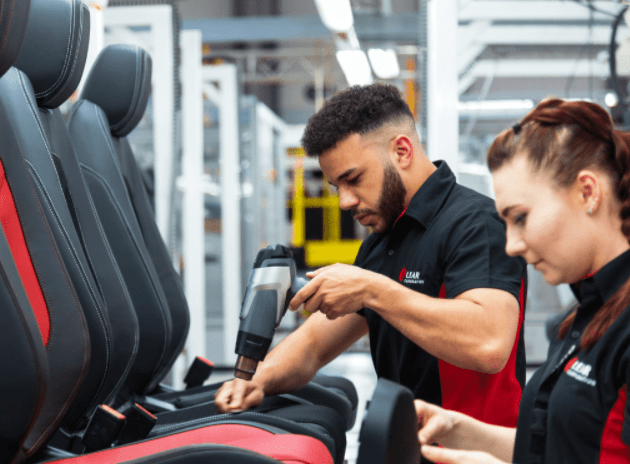The Ministry of Economy highlighted four comparative advantages in the USMCA tariff treatment for automotive components.
The set of these advantages were given through a proclamation by President Donald Trump signed this Tuesday.
Automotive components
The following is a description of the referenced tariff advantages:
- The proclamation clarifies that tariffs will not be doubled. That is, those who already pay a tariff on automobiles will not face additional charges. For example, in the case of Mexico, automotive companies that export to the United States will not pay extra tariffs. Nor will charges be applied for issues such as fentanyl, migration, steel or aluminum.
- In addition, it is positively valued that the USMCA will be reconsidered. Thanks to this, engines, harnesses, suspensions and other components manufactured in Mexico will receive preferential treatment. They will have a zero tariff.
- On the other hand, U.S. producers will pay a 25% tariff on components imported from outside the USMCA.
- Finally, although this is not a new measure, an important option remains. It will still be possible to deduct from the 25% tariff on vehicles exported from the USMCA region the percentage corresponding to U.S.-made components.
National Security
According to a fact sheet issued by the Ministry of Economy, the provisions announced by the U.S. government modify measure 232, which imposed a general tariff of 25% on light automobiles. In addition, it was cumulative with other tariffs.
The U.S. government justified this change. Its stated objective is to increase domestic automobile production. In doing so, it seeks to strengthen national security.
On the other hand, the executive order signed by Trump unilaterally establishes a new rule. It sets a regional content rate of 85% to qualify for full tariff exemption on auto parts. This measure must be complied with within one year. Currently, all auto parts that comply with the USMCA are already exempt.
In addition, the Ministry of Economy stated that the new provisions offer key benefits to Mexican exporters. Engines, harnesses, suspensions and other components produced in the USMCA region will receive preferential tariff treatment. They will have a zero tariff rate, provided they are used in the assembly of light vehicles in the United States.
At the same time, accumulated tariffs will be eliminated.
Finally, while acknowledging that conditions are not ideal, the Secretariat highlighted an advantage. Mexico maintains a favorable position vis-à-vis other countries that export vehicles to the United States.

